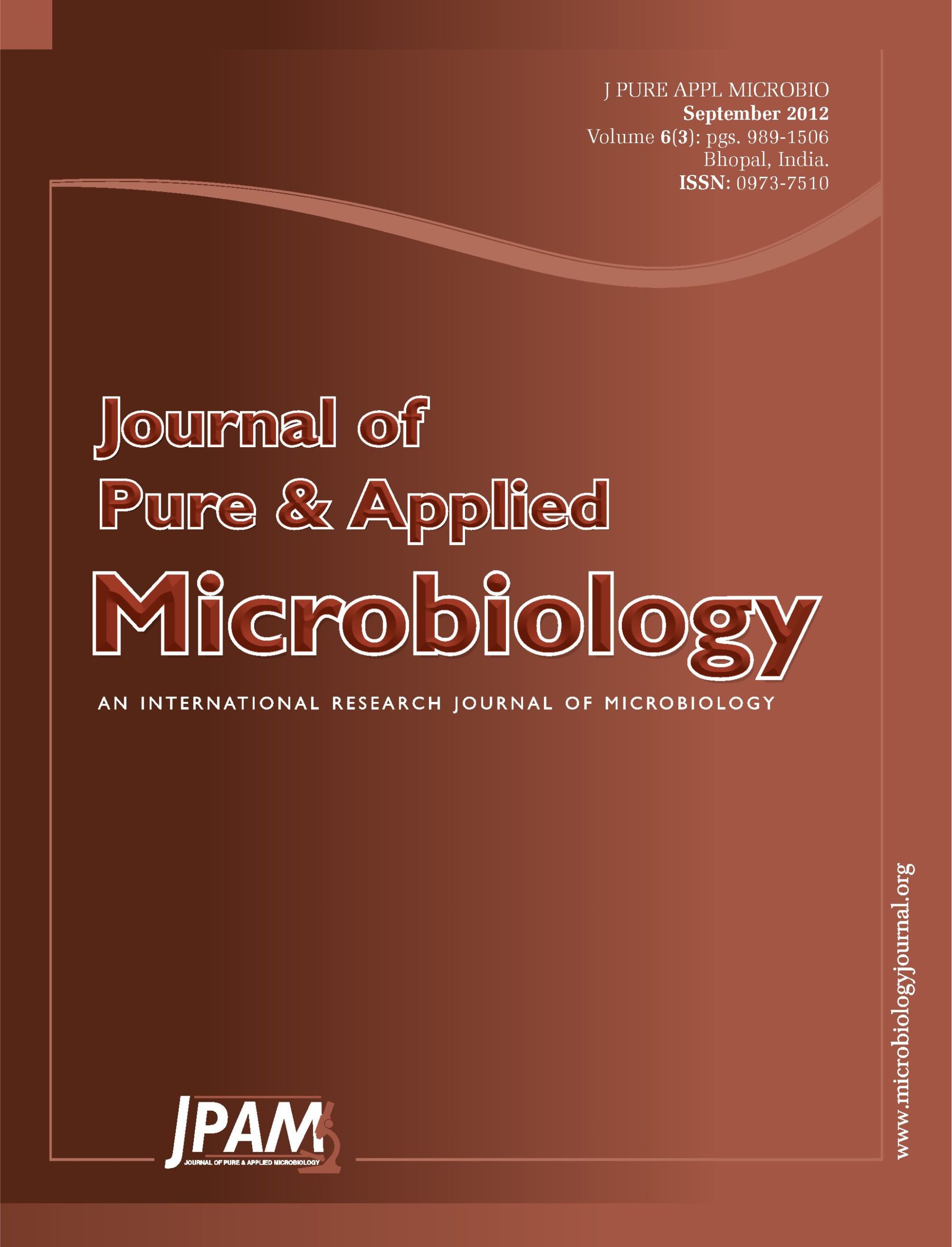Cotton stalk is good source of lignocellulosic biomass which can be utilized for production of alternative energy source like bioethanol. The first step in conversion of lignocellulosic biomass to ethanol is pre-treatment, which exposes more amount of cellulose by removal of lignin covering. The aim behind this research work is to evaluate the cotton stalk as feed stock for bioethanol production. The work is focus on two step process including optimisation of NaOH concentration and time period during pre-treatment for maximum lignin removal and optimisation of concentration of enzyme during enzyme hydrolysis. In first stage optimisation of pre-treatment has been carried out by different concentration of NaOH (0.5%, 1%, 1.5%, 2%) for different time period (30, 60 and90 min) at constant temperature of 121oC and enzyme hydrolysis was carried out by using 40 CMCase (carboxymethyl cellulases) unit of enzyme per gram of substrate.
In the second stage optimisation of enzyme concentration has been studied, by ranged it from 20 CMCase unit of enzyme per gram of substrate to 140 CMCase unit of enzyme per gram of substrate with fixed solid liquid ration of 1:20 (cotton stalk: acetate buffer) at 50oC for 72 hours. The result of this study showed that 2% NaOH treatment, for 60 min at 121oC was found to be optimum procedure for pre-treatment and 100 CMCase unit of enzyme was optimum concentration for maximum sugar yield (.0.49 gram per gram of cotton stalk used) and lignin reduction (0.201g/g of biomass).
Cotton stalk, Bioethanol, Lignocellulosic material, Pre-treatment, Enzymatic hydrolysis
© The Author(s) 2012. Open Access. This article is distributed under the terms of the Creative Commons Attribution 4.0 International License which permits unrestricted use, sharing, distribution, and reproduction in any medium, provided you give appropriate credit to the original author(s) and the source, provide a link to the Creative Commons license, and indicate if changes were made.


